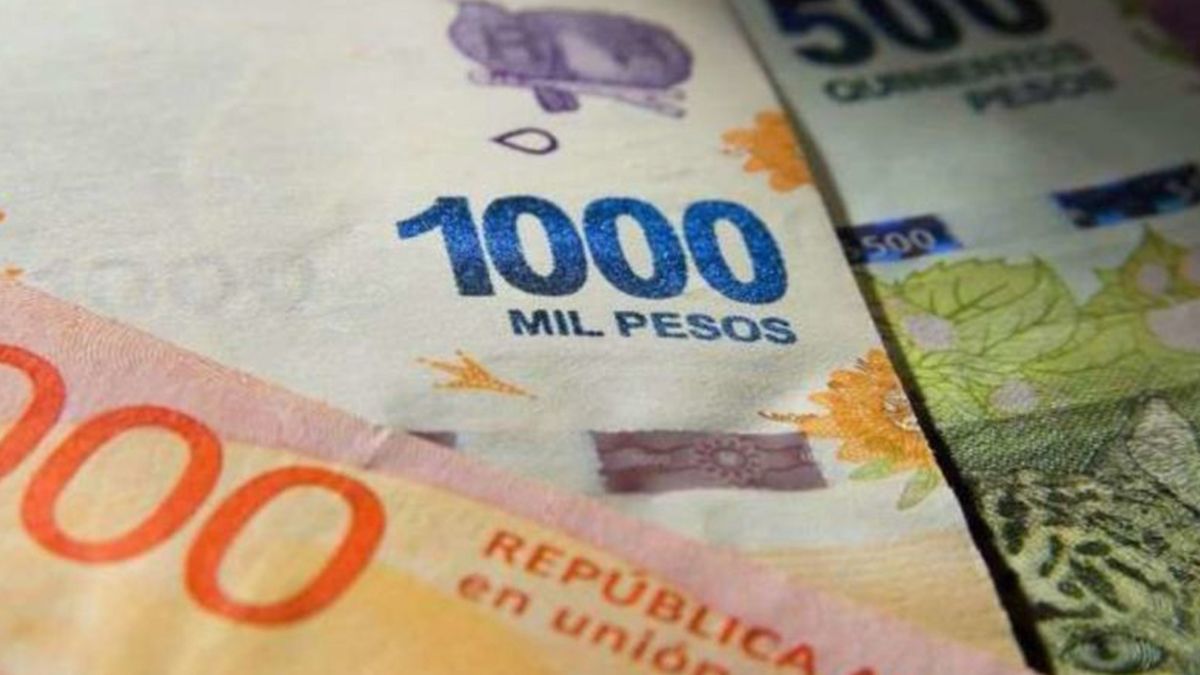In the new corridor it will be established that the BCRA repo rate works as the lower limit, today at 40.5% TNA, and the Treasury bill rate is the upper limit, today below 64% TNA. While the Leliq’s 28-day monetary policy rate stands today at 52% TNA.
According to the BCRA, this decision is part of a strategy that simultaneously attends to following objectives:
– Arrive at a scheme positive interest rates in real terms for the economy, as anticipated by the new Minister of Economy, Silvina Batakis.
– Strengthen the public debt market in pesos to achieve depth and liquidity.
– Progress gradually in the use of Treasury instruments as monetary policy instruments.
“This new configuration will increase the power in the use of the interest rate as an instrument of economic policy, seeking that companies and individuals obtain interest rates in the financial market and titles that remunerate them adequately”explained the BCRA statement.
Sources from the monetary authority explained to Ambit this new broker of rates that will begin to look at the BCRA to define the monetary and financial policy “It fundamentally implies that to know if there are positive rates in the economy, the BCRA is going to look at that set.”
In this week’s tender, the first of the Batakis management, The Treasury validated a sharp rise in rates, already taking them above 60%: the interest rate of the Lede tendered on Wednesday that expires in October (S31O2) climbed to 63.46% of TNA (upper limit of the new corridor).
In this way, investors will have another reference on profitability and not only the one generated from the Leliq rate and the fixed terms that, for the first time in the year, did not undergo modifications (after 6 rises in a row), once the inflation data was known ( in June it reached 5.3%). Let us remember that the Leliq rate at 28 days is currently 52% TNA, while that of fixed terms for human persons at 30 days, and up to $10 million, reaches 53% TNA.
“The financial system offers different investment alternatives, and companies and individuals can search the market for the return that meets their expectations. This paradigm shift also attempts to develop the capital market so that it can channel the savings of Argentines with positive returns” they remarked from the BCRA.
for the economist Gabriel Caamanofrom the Ledesma consultancy, “This is to formalize the coordination between the BCRA and the Treasury so that bank liquidity finances the Treasury. This is monetarily expansive and adds to the modification of the regulations for the integration of reserve requirements and the fixing of the Fixed Term rate, for example, which points in the same direction.
The specialist warned that by not raising the monetary policy rate, and at the same time formalizing this coordination “They are throwing more gasoline on the fire”. “I hope that, at least, they absorb everything that comes back in the form of Leliq’s demand without saying a word. Everything. How to limit the expansive effect on the margin. If not, I already doubt their survival instinct,” he said.
“That the BCRA encourages Leliqs funds to go to the Treasury to finance it is monetarily expansive, as are transitory advances”the analyst agreed Christian Butler. “Likewise, that cannot neglect the trillions of pesos deposited in fixed terms. If you do not generate a positive rate for them, you run the risk not that they go to Treasury bonds but to the dollar,” he warned.
Another incentive for banks to buy Treasury securities
Reconquista 266’s new strategy is added to the one already announced this week on an instrument for banks to facilitate the purchase of Treasury securities.
The BCRA began to offer financial institutions a put option on Treasury securities, an instrument that already exists in the stock market but that it is new for the link between financial entities and the monetary institution, whose objective is to reduce the volatility of the prices of titles in pesos and make them more attractive, after the liquidation suffered by the CER bonds last June.
The measure, which applies to Treasury bonds and bills that are awarded as of the current month of July and that are due until December 31, 2023, was the result of dialogue between the monetary authority and the banks, which will now have a way to prevent falls in the price of securities from affecting their balance and, thus, they can acquire a greater volume of Treasury debt with less risk.
“The put option is not equivalent to a guarantee, but rather a financial derivative instrument that gives the holder the right, but not the obligation, to sell an underlying asset at the price established in the contract, on a certain date or at any time until the expiration of this, and the issuer of this option the obligation to buy it in the same conditions mentioned previously”said the BCRA in a statement.
With this instrument, the banks will be able to agree on that contract with the Central, which will allow them to sell the Treasury securities at the agreed price in case they want to get rid of those bonds.
This means that, in the event of a fall in the price of the security (Boncer, Lecer, Lede or other), the banks will have an option to sell those securities to the Central Bankwith which the exposure to risk would be much lower, allowing them to buy government debt more aggressively.
In addition, the BCRA remarked that will continue to participate in the secondary market to reduce the volatility of Treasury instruments and, for debt securities awarded as of July 2022, with purchase bids at a price similar to the value of the primary auction plus a maximum spread of 2% .
In recent weeks, the monetary authority has issued about $1.2 trillion to redeem Treasury securities in the secondary market, after mutual funds and large companies sold holdings to raise cash.
Although most of that issue was reabsorbed through Leliq and Passes, the Central intends not to have to repeat the operation and He hopes that demand from the banks will now be his ally to support the price of the bonds.
Source: Ambito
David William is a talented author who has made a name for himself in the world of writing. He is a professional author who writes on a wide range of topics, from general interest to opinion news. David is currently working as a writer at 24 hours worlds where he brings his unique perspective and in-depth research to his articles, making them both informative and engaging.




